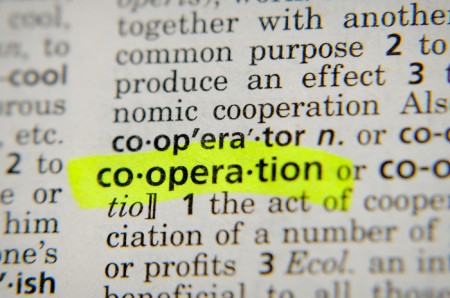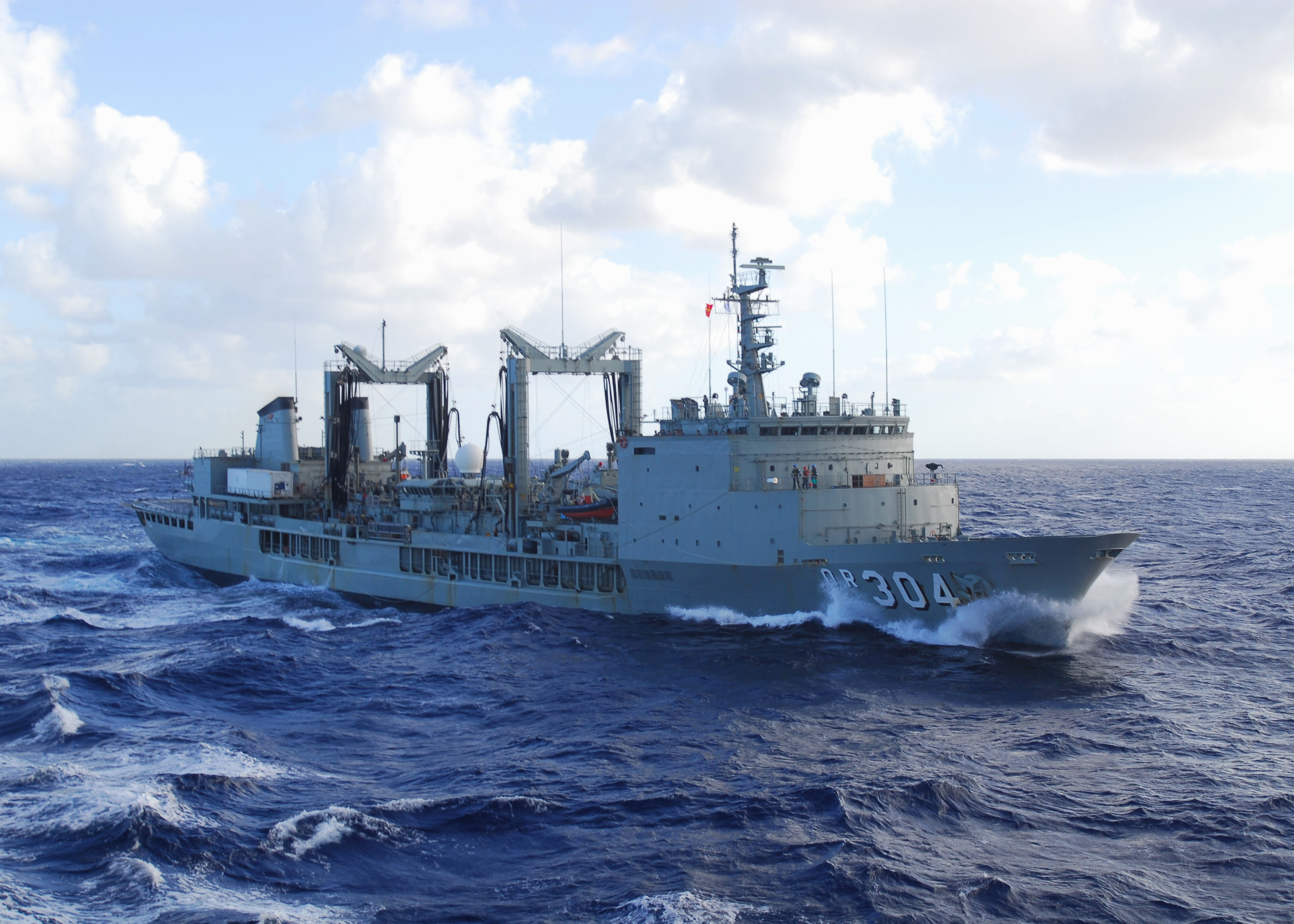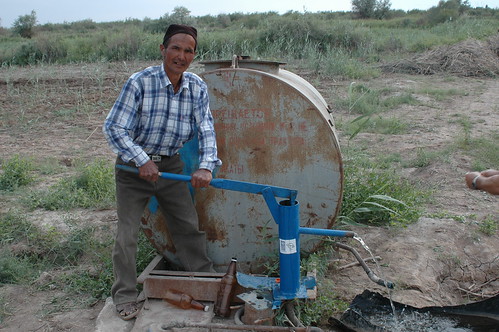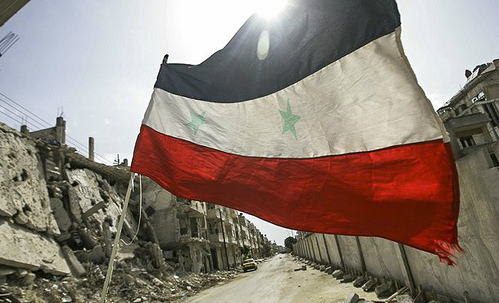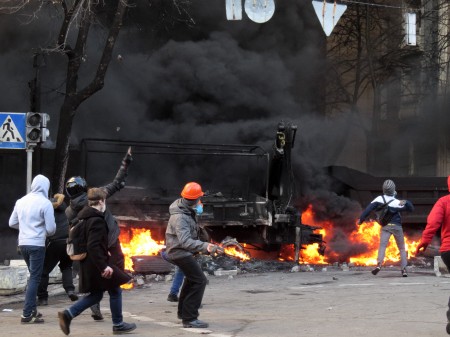
This article was originally published by EurasiaNet.org on 4 March 2014.
The Russia-Ukraine crisis is having a profoundly unsettling effect on authoritarian-minded governments in Central Asia. On the one hand, they are keen to keep the forces unleashed by the Euromaidan movement at bay; on the other, they appear unnerved by the Kremlin’s power play.
State-controlled media outlets in Central Asian states are reticent when it comes to covering developments in Kyiv, Crimea and elsewhere in Ukraine. The parallels between the ousted and allegedly corrupt president of Ukraine, Viktor Yanukovych, and leading members of Central Asian elites are obvious to many in the region, so it’s not surprising that the Euromaidan Revolution has received little play in Central Asia’s press.

